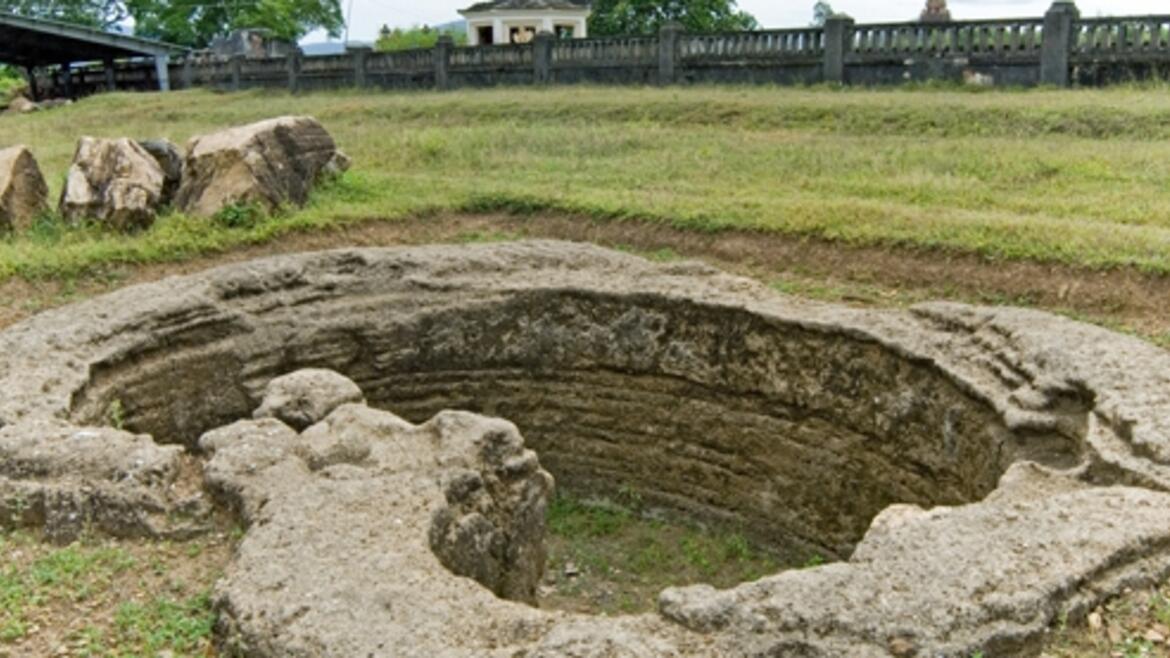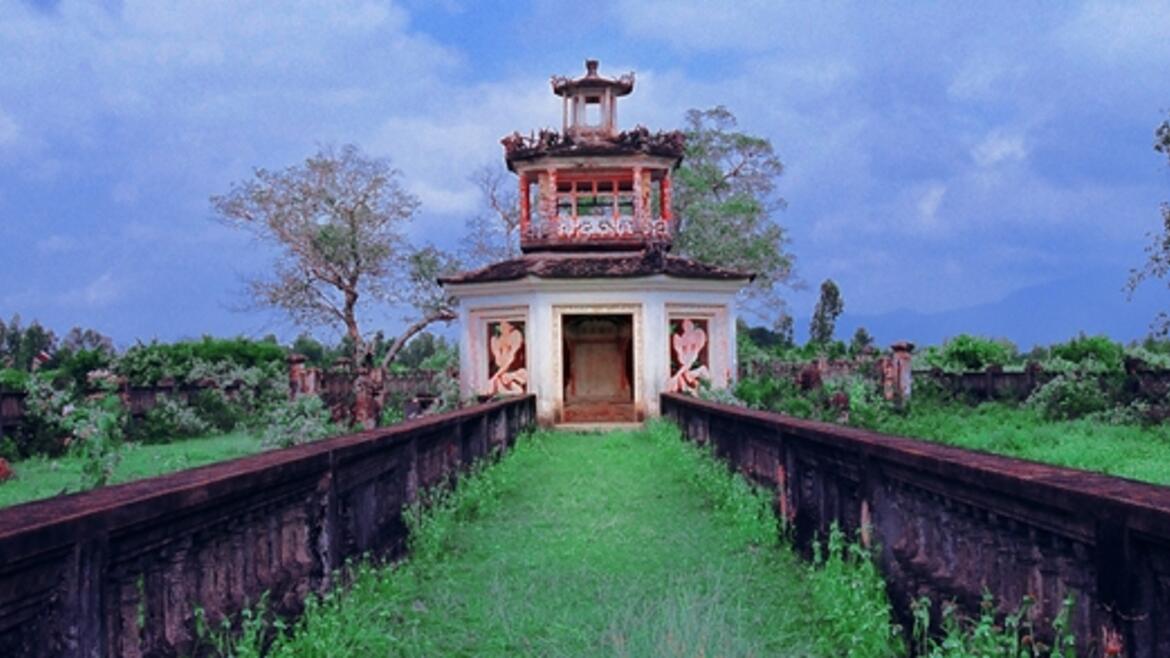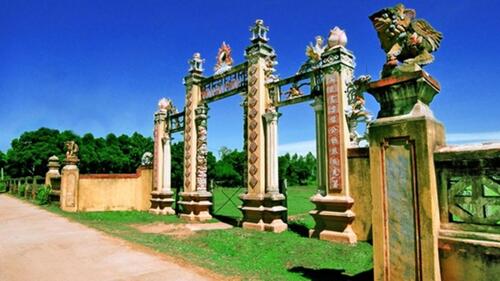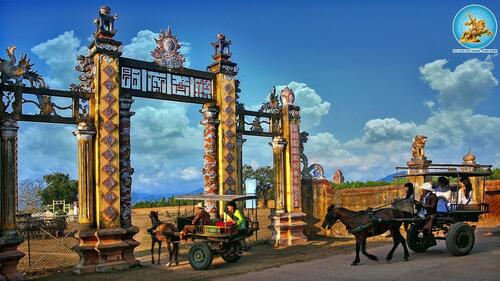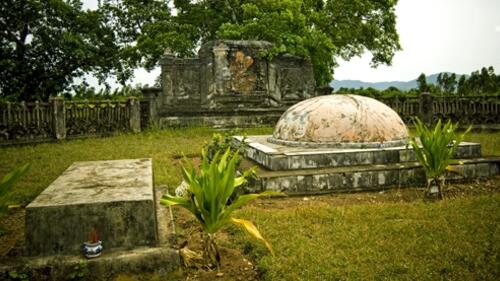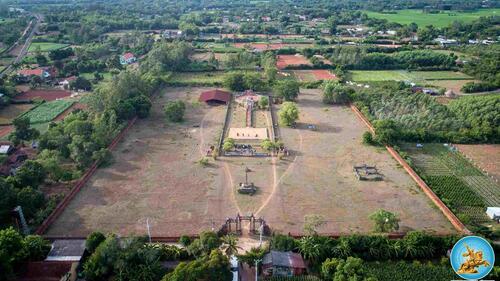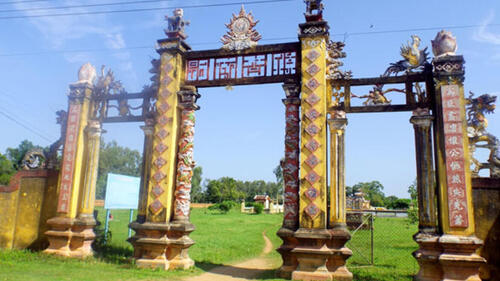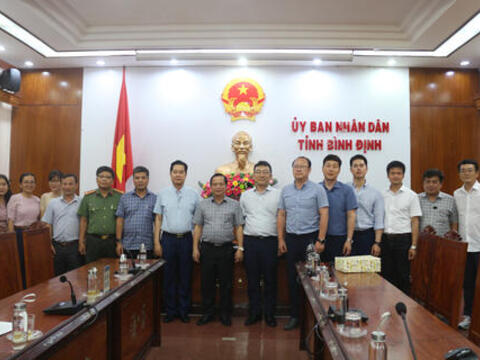|
- :
- :
- Binh Dinh signed a Memorandum of Understanding on cooperation with Syre Group (Sweden)
- Swedish Group Wants to Make Vietnam the First Global Hub for Circular, High-Tech Textiles
- Provincial People's Committee leaders work with World Bank delegation
- Provincial People's Committee leaders work with World Bank delegation
- Chairman of the Provincial People's Committee Pham Anh Tuan received and worked with international investors
- Standing Vice Chairman of the Provincial People's Committee Nguyen Tuan Thanh received the Honorary Consul of Poland in Da Nang city
- Opening of the 9th Binh Dinh People's Festival in Ho Chi Minh City - 2025
- Activities at the 9th Binh Dinh People's Festival in Ho Chi Minh City
- Binh Dinh: Striving to attract over 100 investment projects to the province in 2025
- Striving for the GRDP growth rate of the whole province in 2025 from 8.5% - 9%
- Ministry of Industry and Trade works with Binh Dinh Provincial People's Committee on high-tech fabric production project
- Provincial People's Committee leaders work with Singaporean enterprises

 Tiếng Việt
Tiếng Việt 

